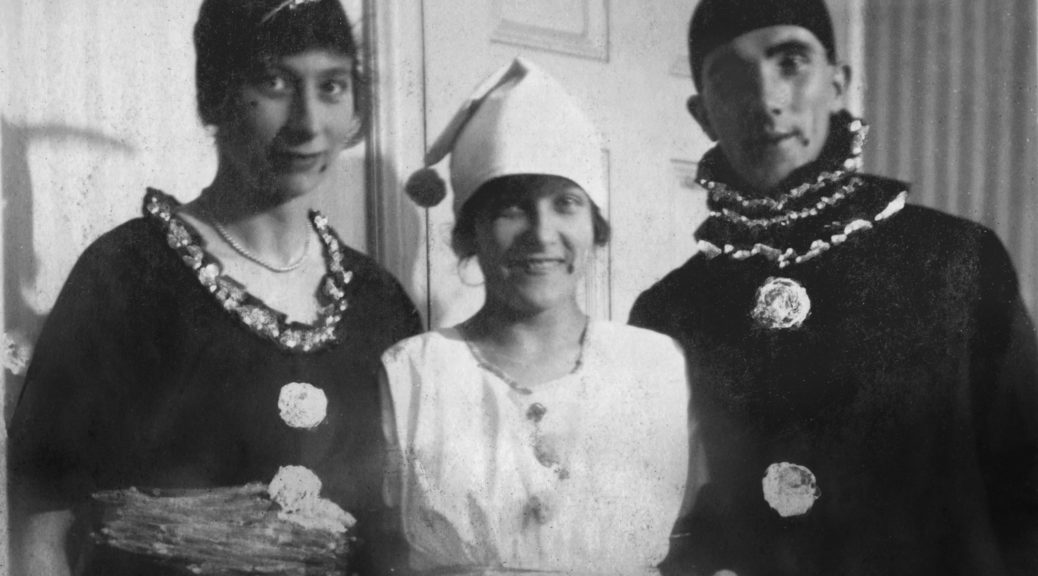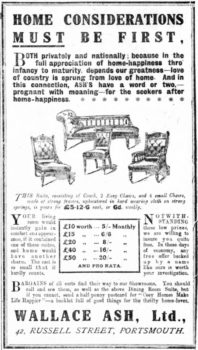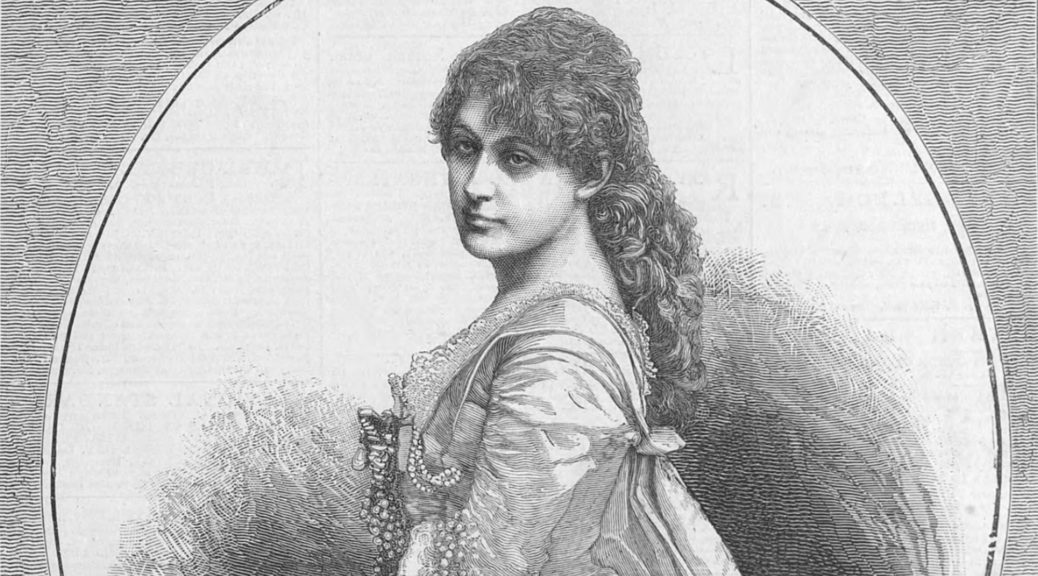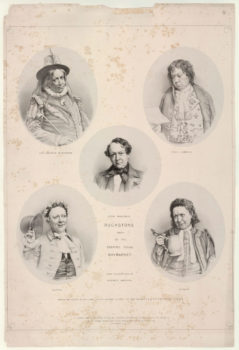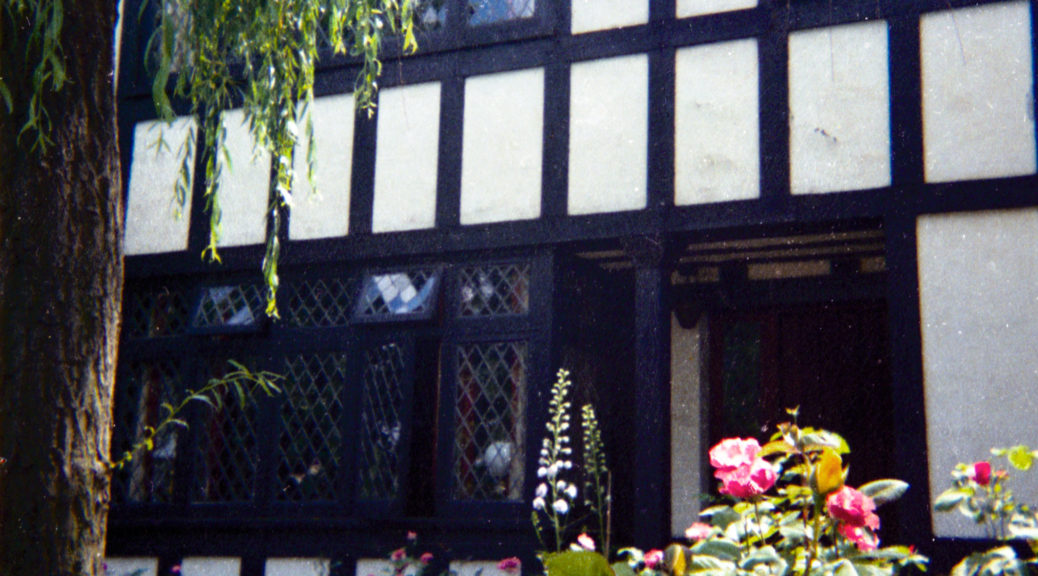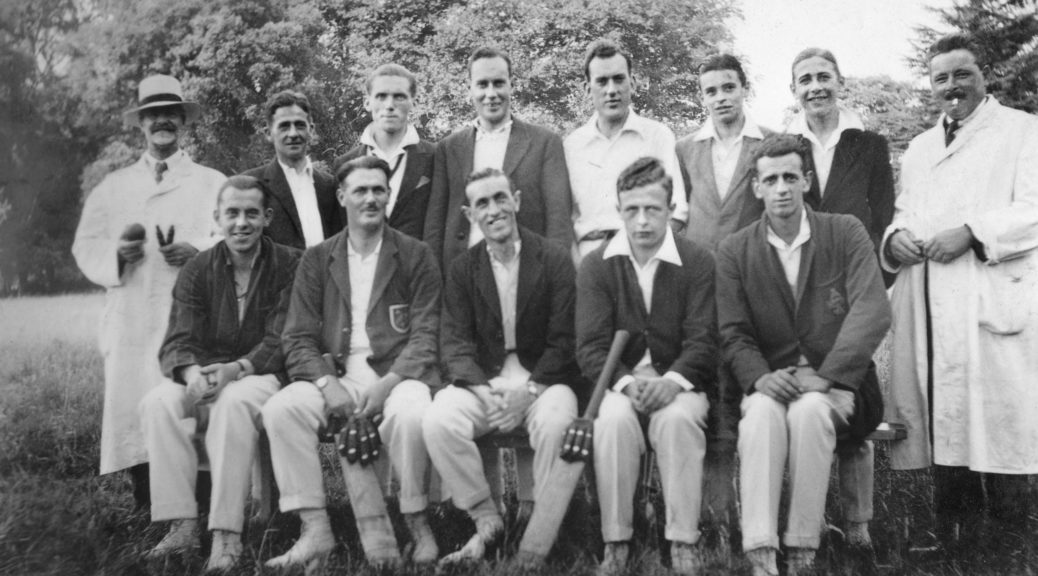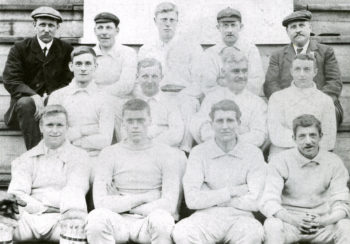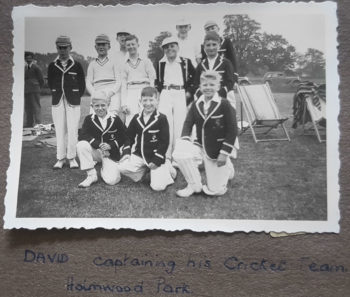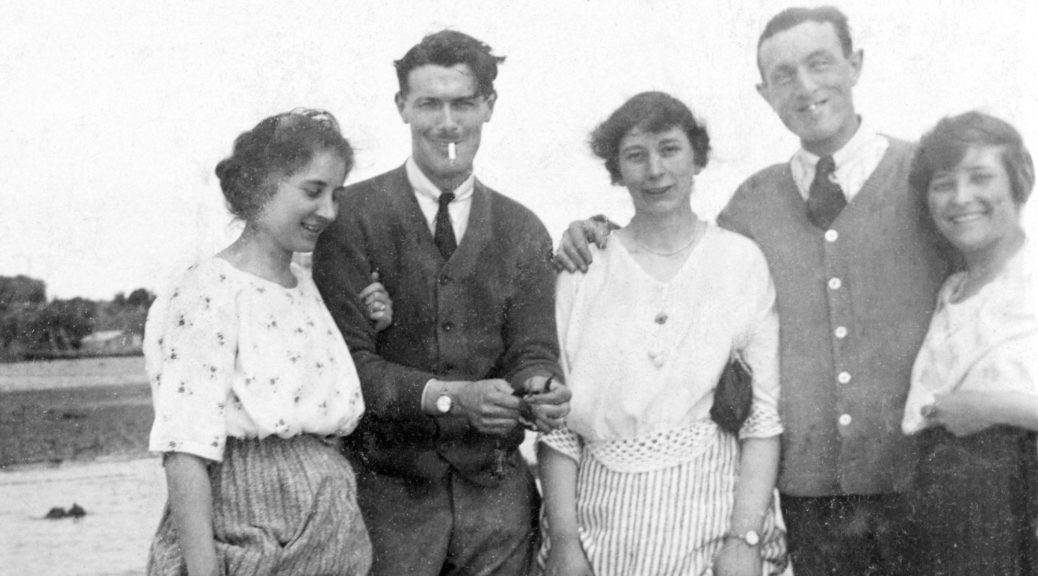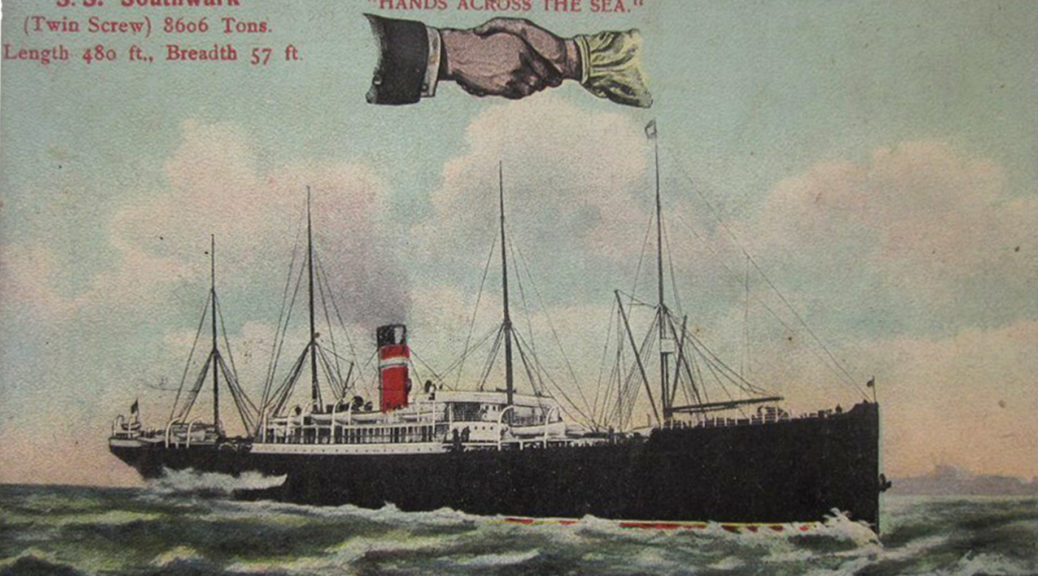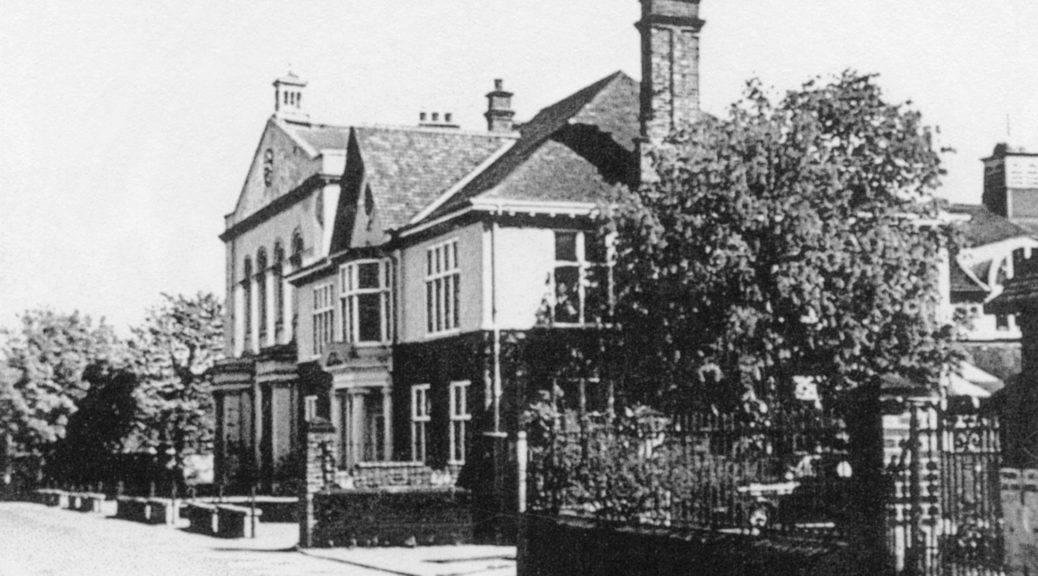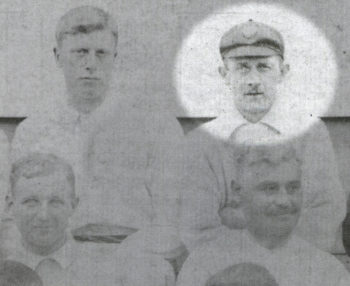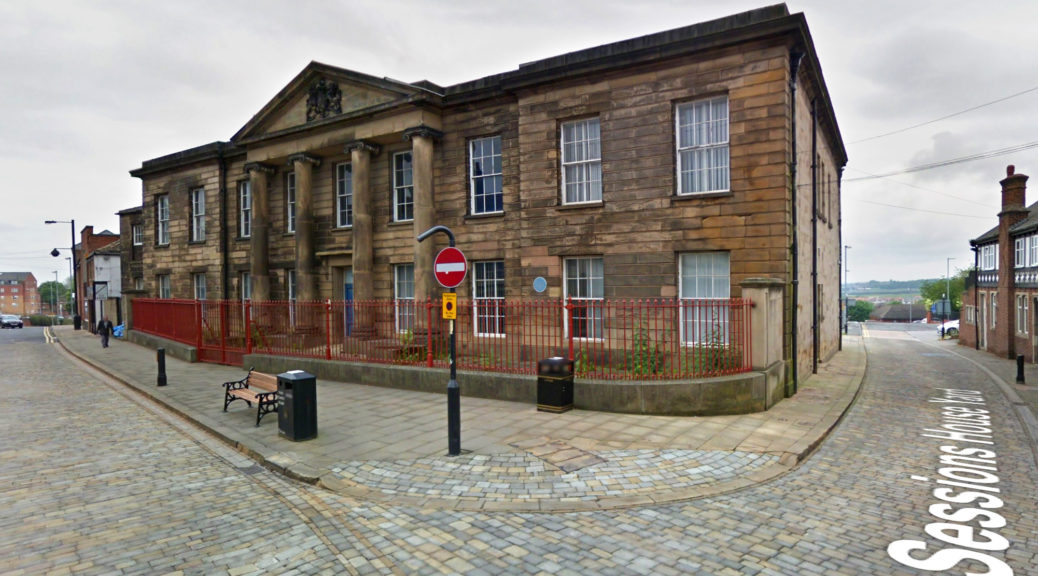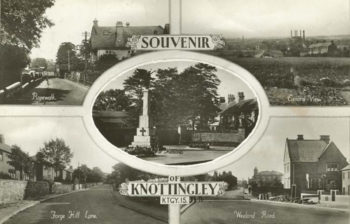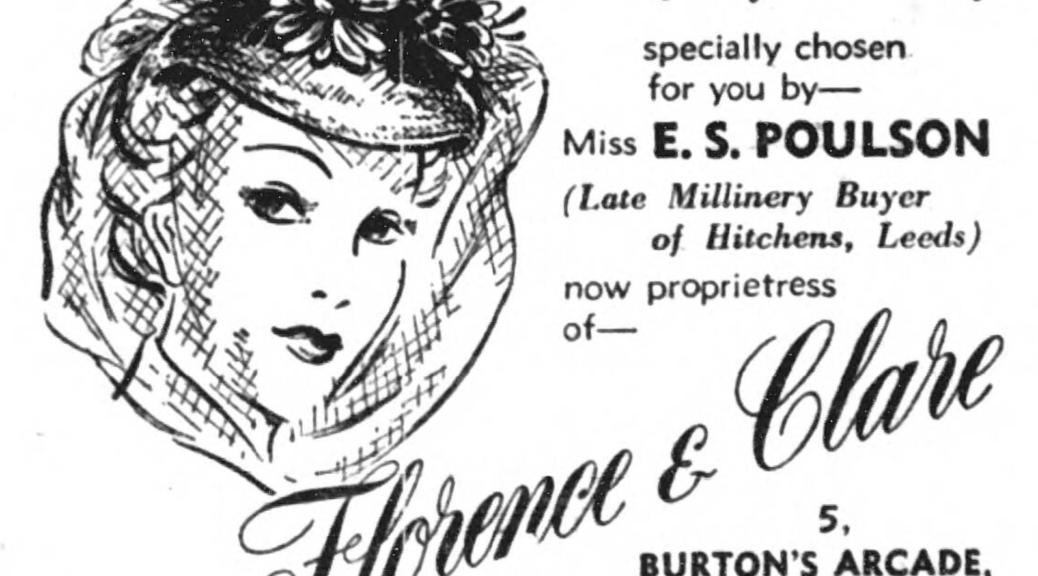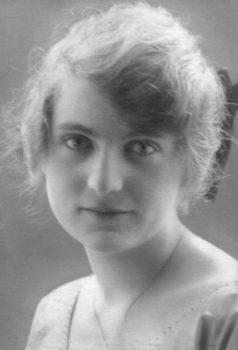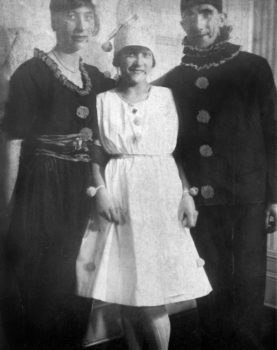
My father had commented on this picture of his parents and Auntie Goggie in fancy dress that this was all his mother’s doing – his father just went along because Billie could be very persuasive! I never saw my grandfather in fancy dress and couldn’t imagine the man I knew could ever have permitted his face to be painted with a beauty spot or to be photographed in a costume like that. Yet there was the photo.
It wasn’t hard to imagine other people liking costumes – my mother, father and stepmother were actors – but Gamps…

